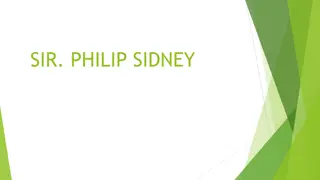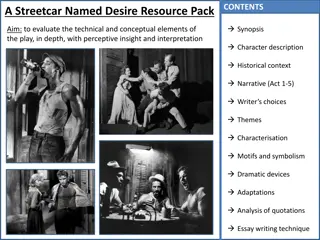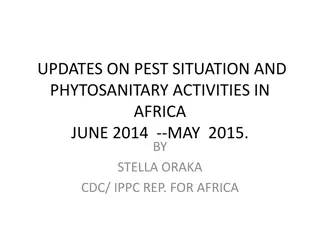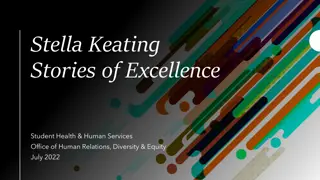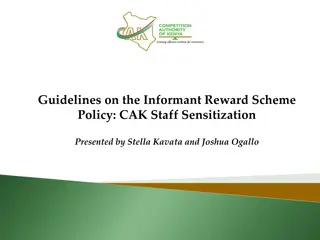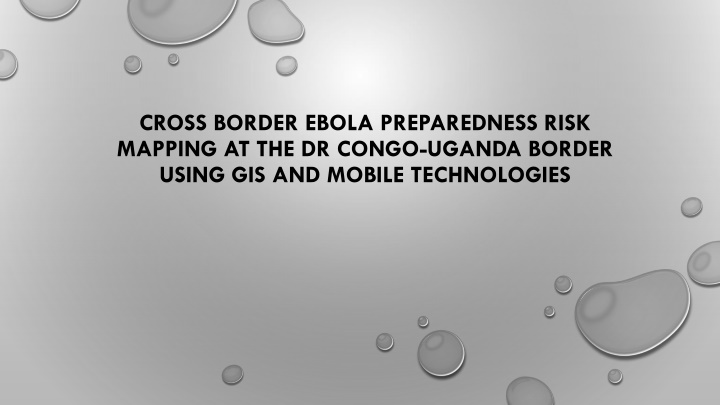
Ebola Preparedness Risk Mapping at DR Congo-Uganda Border
"Learn about the use of GIS and mobile technologies for Ebola preparedness risk mapping at the DR Congo-Uganda border. Find out how population movements across borders were tracked to identify high-risk areas for outbreaks and improve preparedness in Uganda."
Download Presentation

Please find below an Image/Link to download the presentation.
The content on the website is provided AS IS for your information and personal use only. It may not be sold, licensed, or shared on other websites without obtaining consent from the author. If you encounter any issues during the download, it is possible that the publisher has removed the file from their server.
You are allowed to download the files provided on this website for personal or commercial use, subject to the condition that they are used lawfully. All files are the property of their respective owners.
The content on the website is provided AS IS for your information and personal use only. It may not be sold, licensed, or shared on other websites without obtaining consent from the author.
E N D
Presentation Transcript
CROSS BORDER EBOLA PREPAREDNESS RISK MAPPING AT THE DR CONGO-UGANDA BORDER USING GIS AND MOBILE TECHNOLOGIES
INTRODUCTION: In august 2018, the infectious diseases institute, under the global health security project, carried out a preparedness risk mapping after the ebola outbreak in DR Congo's north kivu province, which borders Uganda
AIM The control of emerging epidemic diseases requires strong linkages across a cascade of prevention, testing, and treatment services that can be resource intensive and unaffordable in a resource-limited country like Uganda. Using GIS and mobile technologies, a risk assessment was made of the threat the Ebola outbreak in dr Congo posed to Uganda to provide the necessary information for preparedness.
METHODOLOGY 6 uganda border districts were visited; 30 key informant interviews and 18 focus group discussions, 50 motor cyclists, 40 traders, 25 health workers, were conducted and the identified areas (hospitals, schools, markets, markets, landing sites) mapped by the team.
FINDINGS Population movement across the border; 30% refugees, 50% traders of which 50% from Ebola hotspots and 20% farmers. During outbreaks, 40% visit traditional healers in Dr Congo for divine intervention. 90% of the respondents emphasized that the movement into Uganda is through illegal porous routes.
CONTRIBUTION GIS and mobile technologies help to mark the areas at risk from the Ebola outbreak in Dr Congo by tracking population movements across the border. STELLA NABATYANGA.










